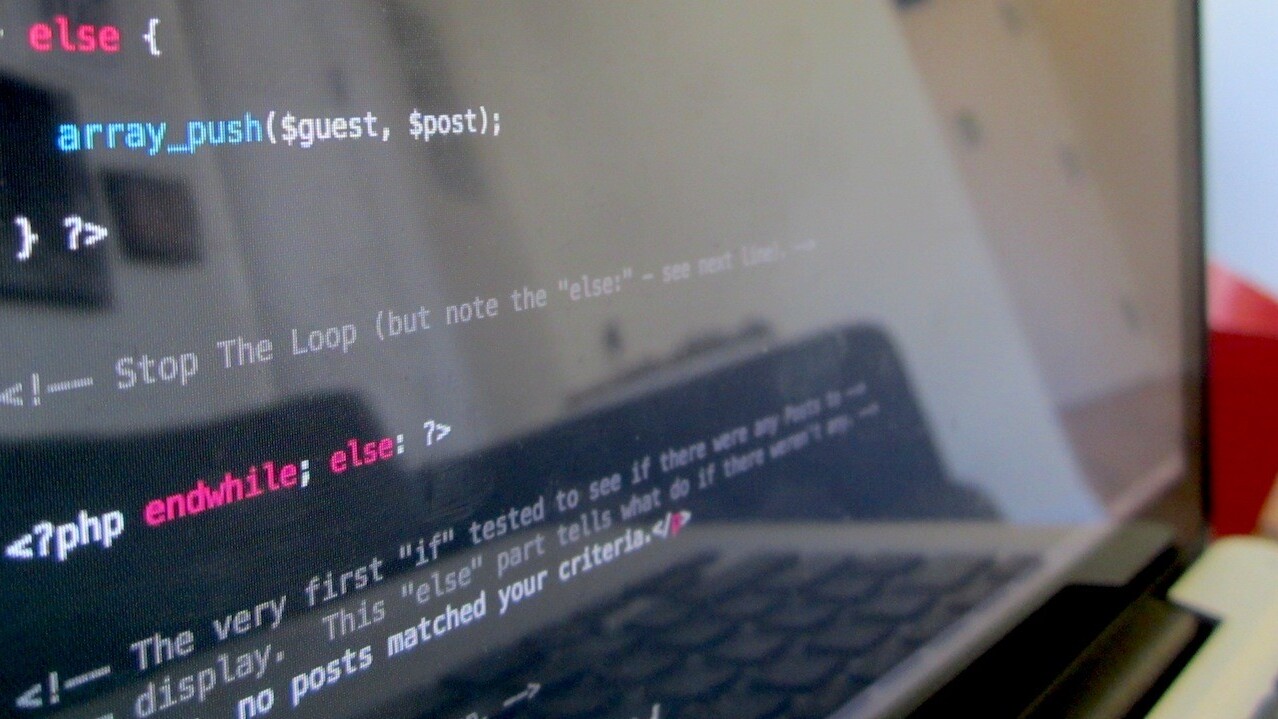
The PHP programming language underpins much of the Internet. It forms the basis of popular content management systems like WordPress and Drupal, as well as more sophisticated web applications, like Facebook (kinda). Therefore, it’s a huge deal whenever researchers identify a security vulnerability within it.
A couple of days ago, Emil ‘Neex’ Lerner, a Russia-based security researcher, disclosed a remote-code execution vulnerability in PHP 7 – the latest iteration of the hugely popular web development language.
With this vulnerability, which has the CVE-ID of 2019-11043, an attacker could force a remote web server to execute their own arbitrary code simply by accessing a crafted URL. The attacker only needs to add “?a=” to the website address, followed by their payload.
As pointed out by Catalin Cimpanu in ZDNet, this attack drastically lowers the barrier to entry for hacking a website, simplifying it to the point where even a non-technical user could abuse it.
Fortunately, the vulnerability only impacts servers using the NGINX web server with the PHP-FPM extension. PHP-FPM is a souped-up version of FastCGI, with a few extra features designed for high-traffic websites.
While neither of those components are necessary to use PHP 7, they remain stubbornly common, particularly in commercial environments. Cimpanu points out that NextCloud, a large productivity software provider, uses PHP7 with NGINX and PHP-FPM. It’s since released a security advisory to clients urging them to update warning them of the issue and imploring them to update their PHP install to the latest version.
Site owners who are unable to update their PHP install can mitigate the problem by setting a rule within the standard PHP mod_security firewall. Instructions on how to do this can be found on the website of appsec startup Wallarm.
This vulnerability has all the hallmarks of a security perfect storm. Not only are multiple environments at risk, but it’s also trivially simple for an attacker to exploit the vulnerability. And while patches and workarounds currently exist, as we’ve witnessed previously, not everyone is particularly proactive with their security. Two-and-a-half years after the well-publicized Heartbleed OpenSSL bug was disclosed, over 200,000 servers remained vulnerable.
And there’s evidence to suggest that hackers are already exploiting this critical PHP issue. Threat intel firm BadPackets has already confirmed to ZDNet that bad actors are already using this vulnerability to commandeer servers.
Things are going to get worse before they get better.
Get the TNW newsletter
Get the most important tech news in your inbox each week.





